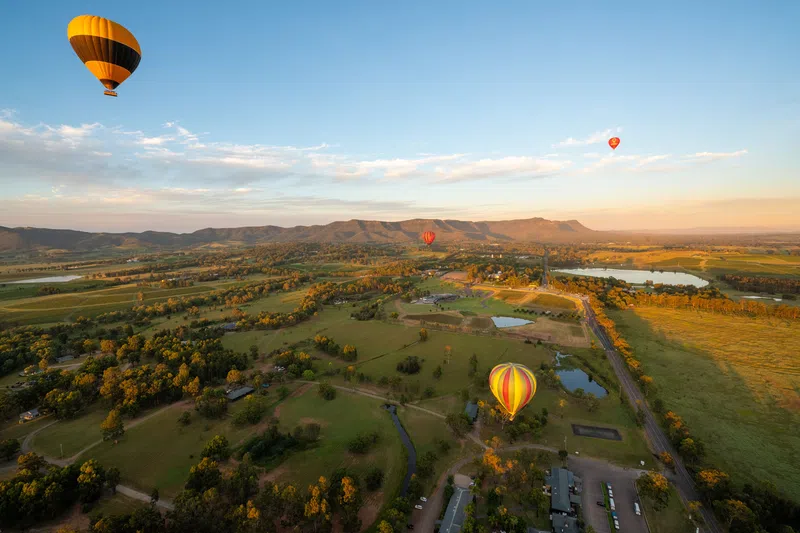Hunter Valley Property Market Update 2nd Half 2024
The Hunter Valley is located just over two hours north of Sydney and is a premier food and wine region. The regions natural beauty and relaxed atmosphere makes it an ideal place for families.

Property Trends
In Q2 2024, Hunter Valley recorded a median house price of $760,000, and a median unit price of $547,500. This represents annual (Q2 2023 – Q2 2024) median price growth of 3.4% for houses 3.3% for units. On a quarterly basis (Q1 – Q2 2024), median price grew by 1.3% for houses and 8.4% for units. Over the past 12 month to Q2 2024, total house sales grew by 10.5% for house (to 158 sales), indicating strong demand in the housing market. Conversely, unit sales decreased by -21.2% for units (to 26 sales), highlighting a potential undersupply. Now is an opportune time for property owners to capitalise on their investments.
Project Development
Hunter Valley will see approximately $581.8M of new projects commencing construction in the second half of 2024 with a major focus on commercial development. It will also see the supply of 3 units, 15 dwellings and 477 lots. This will help with supply but there is still a lack of ready-to sell housing stock planned.
Rental Market & Growth
House rental yields in Hunter Valley was 3.6% in July 2024, higher than Sydney Metro (2.8%). This was paired with a 3.4% median house price increase in the past 12 months to Q2 2024, to $612 per week, and an -4.5% decline in the number of houses rented (to 147 rentals). Average days decreased by 66.9% to 54 days. Unit market presents the same pattern. This suggests an undersupplied rental market for both property types, which is advantageous for investors, especially given the more affordable prices compared to Sydney Metro.
Vacancy Rates & Property Investment
Hunter Valley recorded a vacancy rate of 1.1% as of July 2024, on par with Maitland LGA’ 1.1% average but below Sydney Metro’s 1.7% average. Vacancy rates in Hunter Valley¥ have decreased slightly over the past 12 months, due to a return of renters to an already tight market. A 1.1% figure is well below the Real Estate Institute of Australia’s healthy benchmark of 3.0%, indicating quicker property occupancies. Thus a conducive environment for investors.







